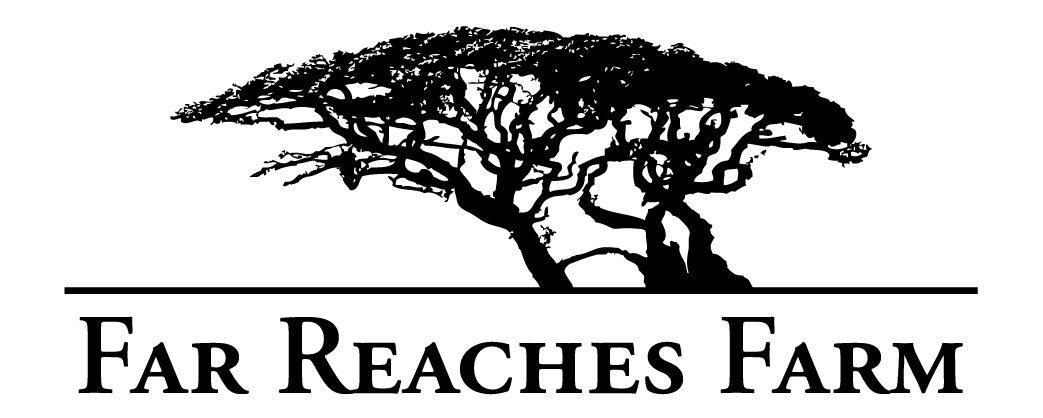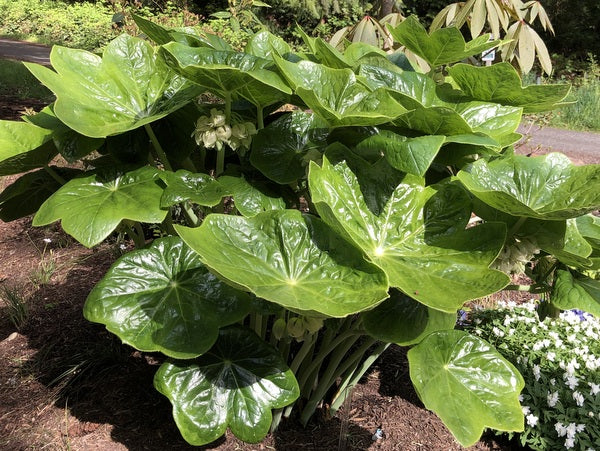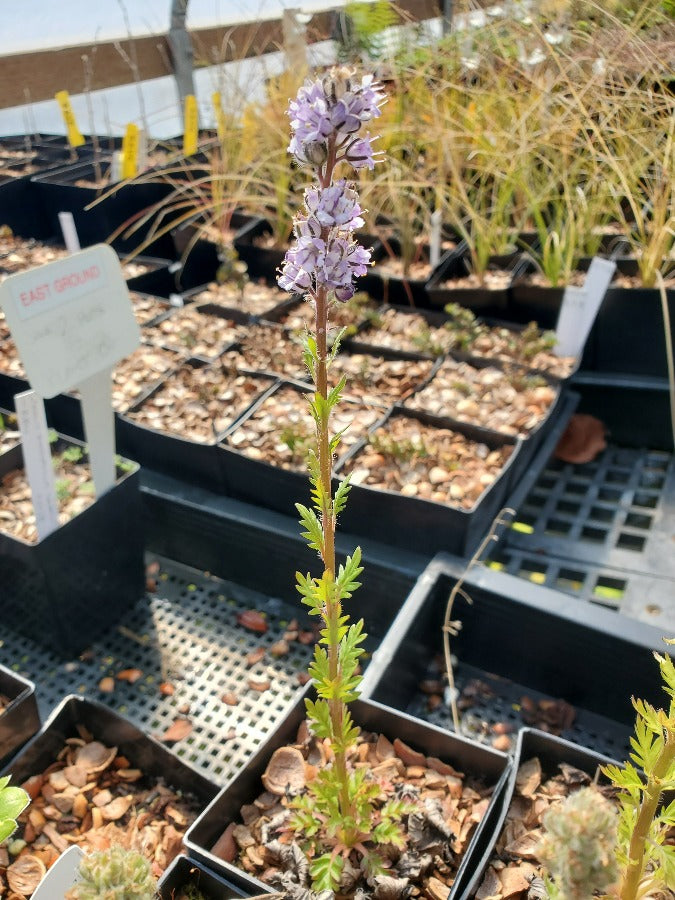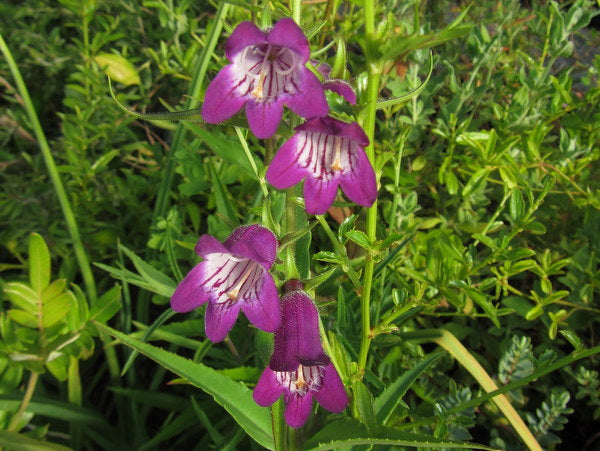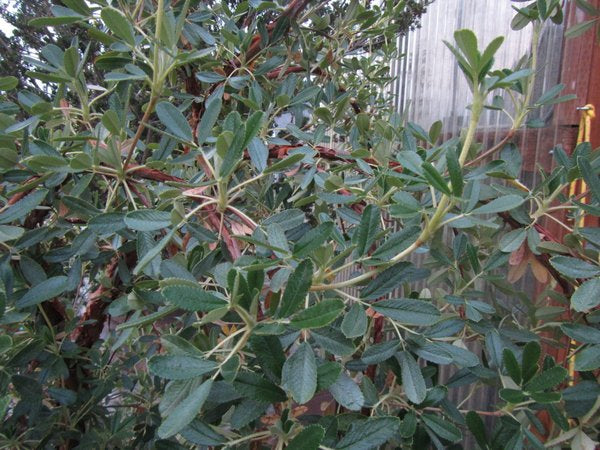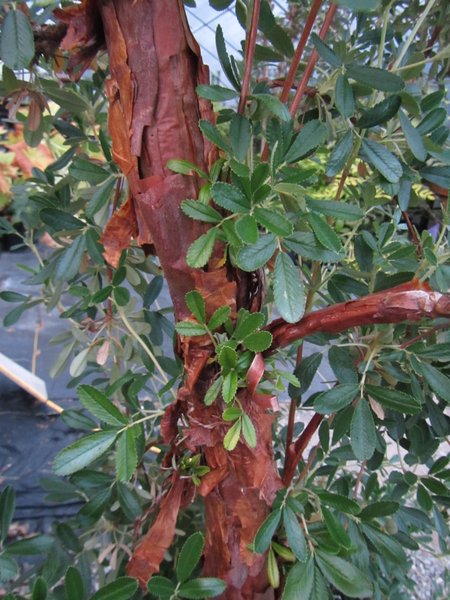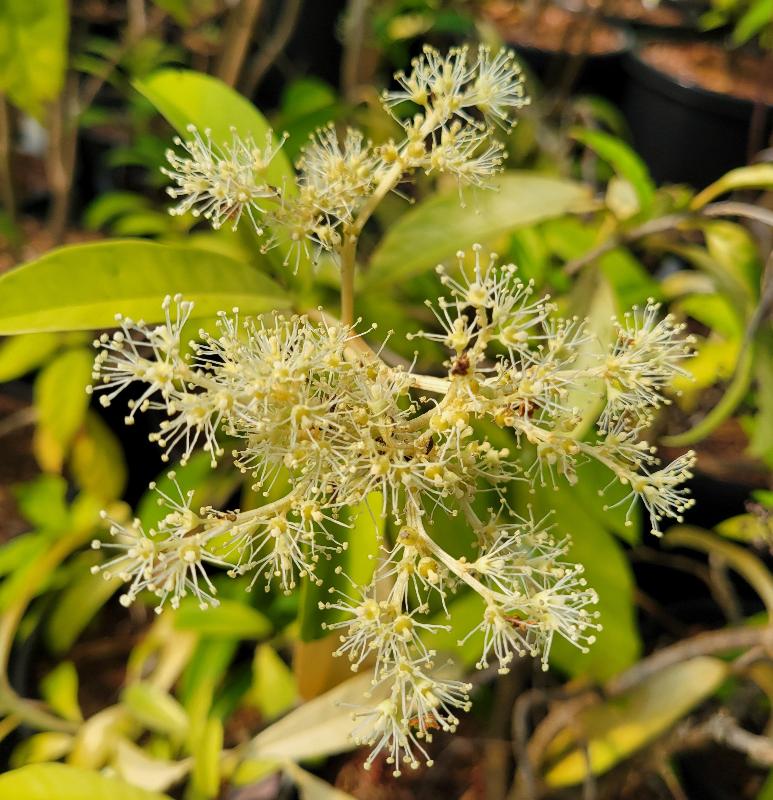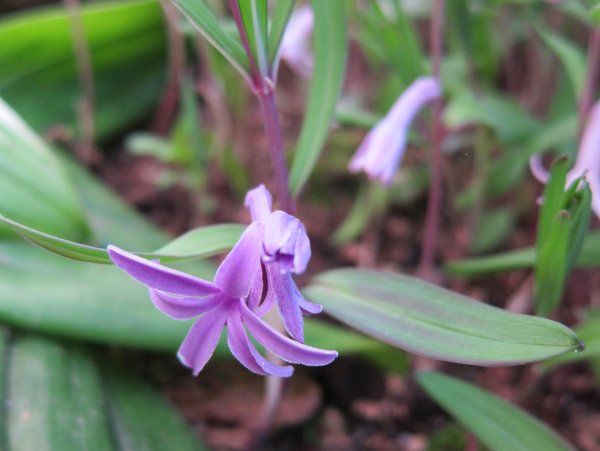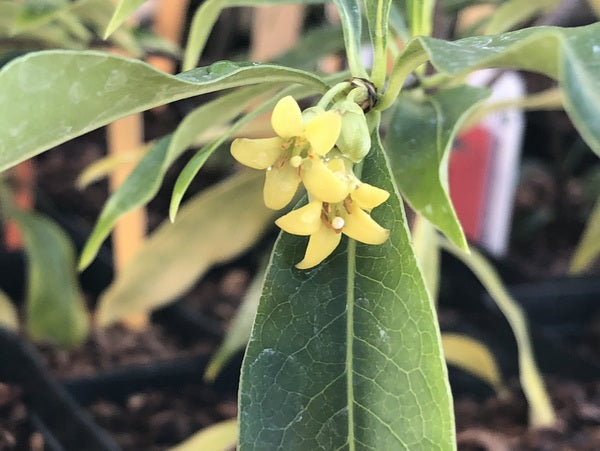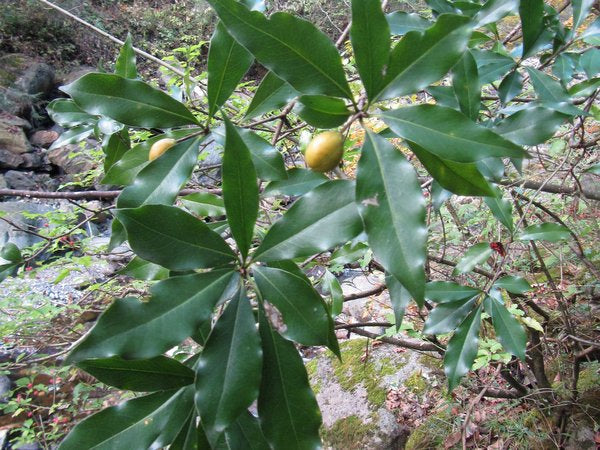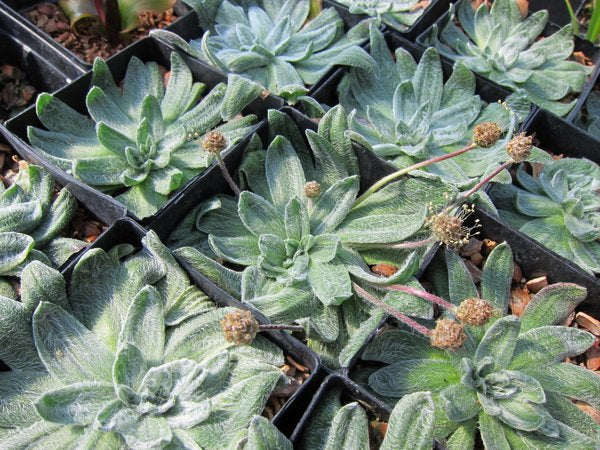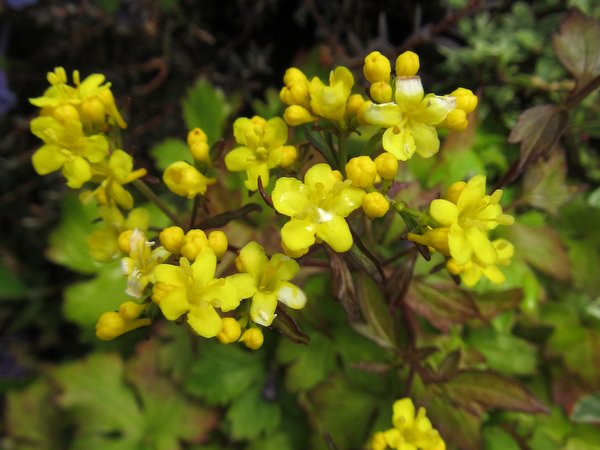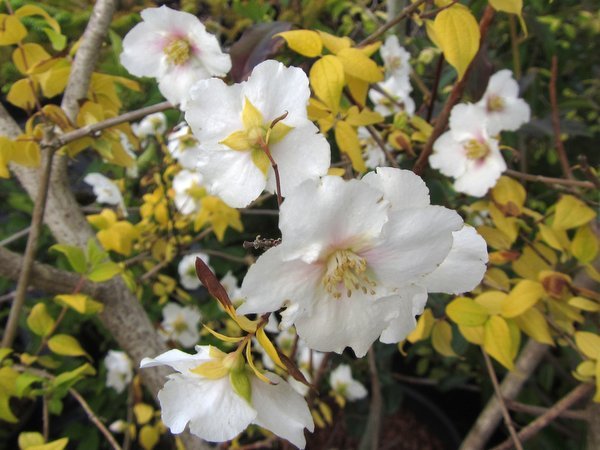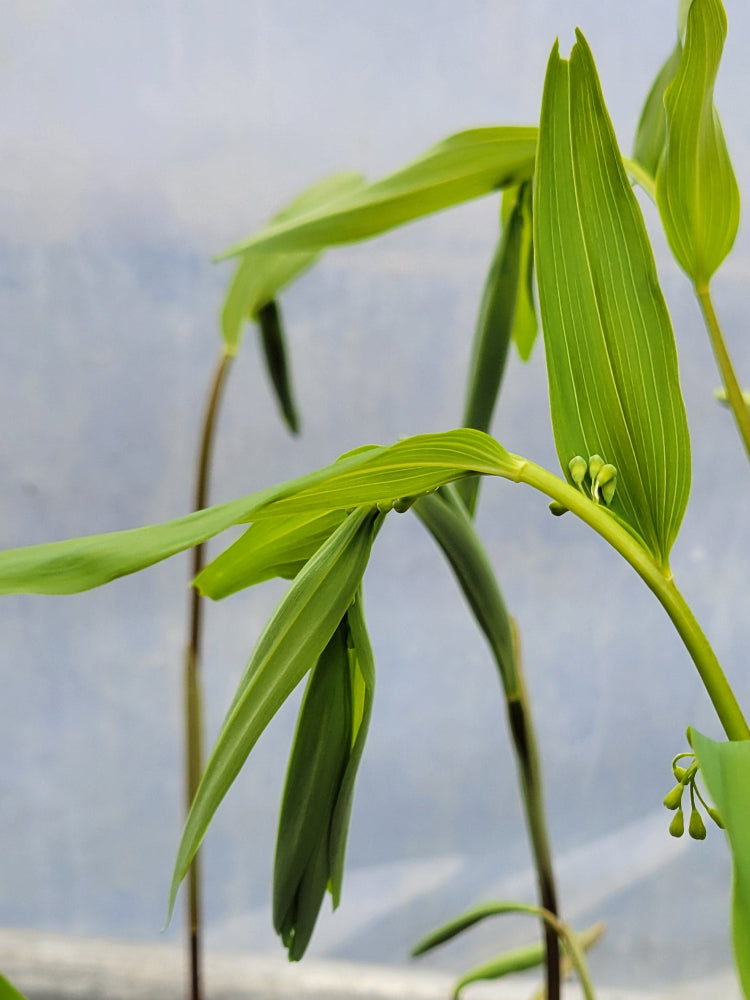Sort by:
235 products
235 products
This is one of those plants you can just feel good about planting, endemic to Idaho and vulnerable in its natural habitat, now is certainly a good time to bolster its ex-situ presence! Plus its a great pollinator plants and pretty cute to boot. Stalks of pretty pale purple flowers and nicely feathered leaves. Great addition to the pollinator meadows that are so rightfully vogue right now. Not commonly cultivated so may be hardy past what we are recommending here
Extremely rare tree in the Rosaceae from the Andes. John Grimshaw and Ross Bayton authored a fantastic book in 2010 "New Trees: Recent Introductions to Cultivation" in which the genus Polylepis was described sparingly as only one species, P. australis is grown and that to a very limited extent. The text discussed how more species need to be trialed as they have fantastic bark like the best Acer griseum and some species come from very high elevation and may have potential for hardiness in areas such as the West Coast and surely milder parts of the UK. Shortly after reading this we learned of a seed collecting expedition to the Andes and asked that they look for Polylepis for us and here is one of the results.
These are cutting-grown and will need to be protected from cold their first winter for sure. Excellent foliage which has been evergreen for us with superb sinuous trunk and branching structure which are thickly papered in sheets of exfoliating bark. Flowers are nothing - little colorless bits of dangling insignificance. We sound a little bitter because we have not quite gotten over our disappointment at the first flowering of our parent trees thinking that Rose Family would equate to a flower of some merit, but we had failed to closely read the botanical description referring to the "apetalous flowers" which means no petals. But really, flowers on a tree of this extraordinary character would be like putting whipped cream on your ice cream in which two excellent individual components are diminished in synergy. We think warm Zone 8 for this or perhaps careful siting in colder portions of this zone.
Lives up to it's common name of Felt Fern. Felty-soft, three to five-lobed fronds stay evergreen and have coppery undersides. Growing as an epiphyte in its native range, this prefers good drainage and a partly shady spot. Spreads very slowly, but definitely worth the wait. What we are selling here is a predominantly 3-lobed form that is going around incorrectly as P. hastata.
The deciduous Photinia beauverdiana is a loose-limbed, sinuous presence in the garden. White flowers are followed by showy clusters of orange-red fruit which hold their position long enough for a slam dunk combination with the autumnal yellow of the leaves. Kelly was standing on a sloped mossy rock stretching to collect a fruit of this for a friend when he fell, holding the fruit safely aloft rather than using his hand to break his fall, and cracked a rib. From that day on, he has trash-talked this graceful species as "That phucking Photinia". A well-loved punchline lost to its taxonomic repositioning into Pourthiaea, well those 'Pour' taxonomists are just gonna have to suck it up cause we give everything for the bit here.
Early Form This jumpstarts the Solomon Seal season by being among the very first to start growing in spring. Dense clumps of gracefully thin stems with an instinctual air of culture to the presentation of foliage and white flowers – not unlike the plantsman, educator, author, presenter, tour guide – ok, we’ll stop with the resume of the tasteful Cole Burrell who shared this with us.
